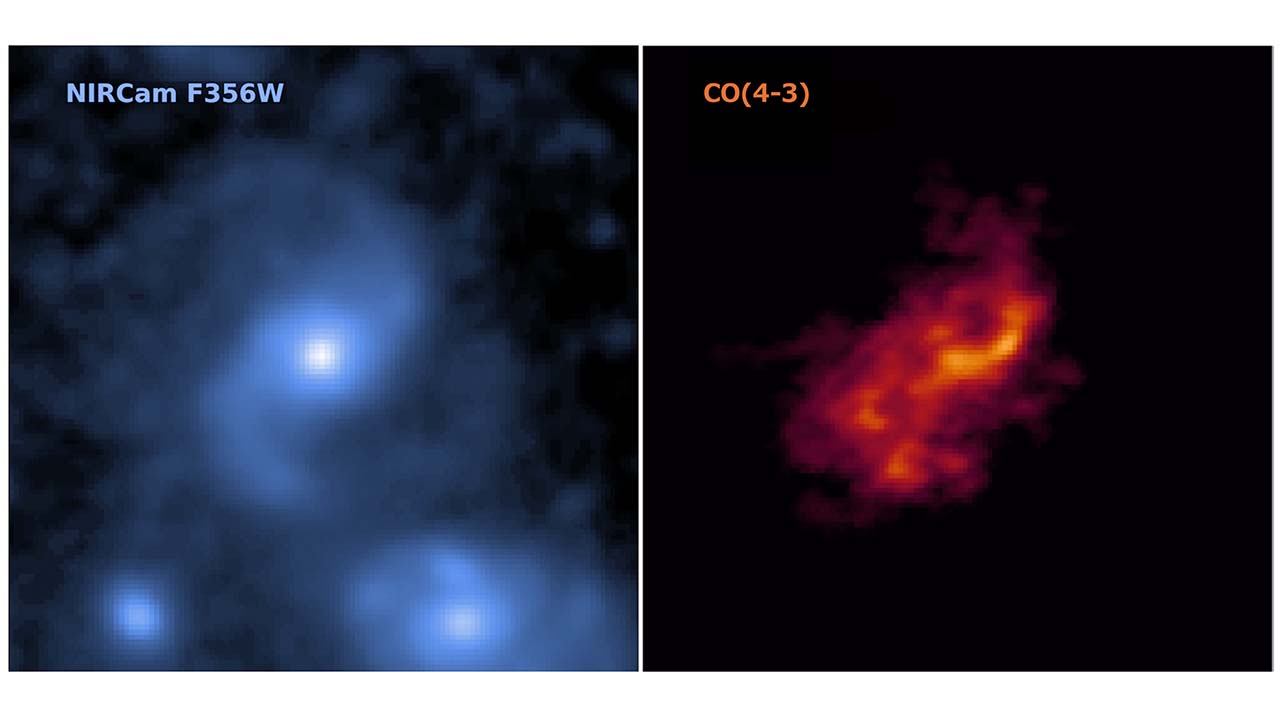2025-05-21 カリフォルニア大学アーバイン校(UCI)
<関連情報>
- https://news.uci.edu/2025/05/21/lotions-perfumes-curb-potentially-harmful-effects-of-human-oxidation-field-study-finds/
- https://www.science.org/doi/10.1126/sciadv.ads7908
- https://www.science.org/doi/10.1126/science.abn0340
パーソナルケア製品は人間の酸化場を乱す Personal care products disrupt the human oxidation field
Nora Zannoni, Pascale S. J. Lakey, Youngbo Won, Manabu Shiraiwa, […] , and Jonathan Williams
Science Advances Published:21 May 2025
DOI:https://doi.org/10.1126/sciadv.ads7908

Abstract
People generate hydroxyl radicals (OH) in the presence of ozone via the ozonolysis of skin-emitted alkenes. In this study, we found that the application of personal care products (PCPs) including fragrances and body lotions suppresses the human oxidation field. Body lotion hampers the generation of 6-methyl-5-hepten-2-one, a key OH precursor, while many volatile ingredients of PCPs enhance OH loss in the gas phase. Although fragrances contain terpenes capable of generating OH through ozonolysis, the much larger amount of ethanol solvent acts as a large OH sink. We combined a multiphase chemical kinetic model and a computational fluid dynamics model to demonstrate how the concentrations of the reactive components develop in the indoor environment. These findings have implications for the indoor chemistry of occupied spaces and human health.
ヒトの酸化分野 The human oxidation field
Nora Zannoni, Pascale S. J. Lakey, Youngbo Won, Manabu Shiraiwa, […] , and Jonathan Williams
Science Published:1 Sep 2022
DOI:https://doi.org/10.1126/science.abn0340
Radical development
Hydroxyl radicals (OH) are highly reactive species that are responsible for the oxidation of most pollutant gases. Outdoors, OH radicals are formed primarily by the photolysis of ozone by short-wavelength sunlight, but that light is largely filtered out by glass windows, so what is the indoor OH radical environment like? Zannoni et al. report that high concentrations of OH radicals were found when people were exposed to ozone in a climate-controlled chamber, and were a product of a reaction with the skin oil squalene (see the Perspective by Schoemaeker and Carslaw). Their finding has implications for indoor air quality and ultimately for human health. —HJS
Abstract
Hydroxyl (OH) radicals are highly reactive species that can oxidize most pollutant gases. In this study, high concentrations of OH radicals were found when people were exposed to ozone in a climate-controlled chamber. OH concentrations calculated by two methods using measurements of total OH reactivity, speciated alkenes, and oxidation products were consistent with those obtained from a chemically explicit model. Key to establishing this human-induced oxidation field is 6-methyl-5-hepten-2-one (6-MHO), which forms when ozone reacts with the skin-oil squalene and subsequently generates OH efficiently through gas-phase reaction with ozone. A dynamic model was used to show the spatial extent of the human-generated OH oxidation field and its dependency on ozone influx through ventilation. This finding has implications for the oxidation, lifetime, and perception of chemicals indoors and, ultimately, human health.


